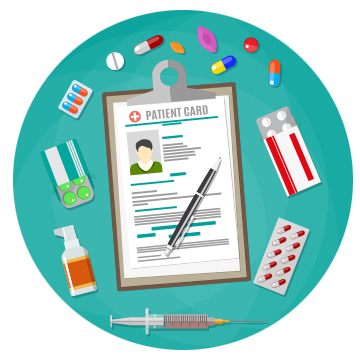Module 2: Basic Pharmacology of Controlled Drugs and Substances
Lesson 3
Other agents – Z-drugs
Zopiclone and Zolpidem are the only “Z-drugs” available in Canada. Z-drugs are Schedule-IV medications within the CDSA that have similarities with benzodiazepines.
Z-drugs are not benzodiazepines but acts at the GABA receptor complex and are second line therapy for the short-term management of sleep-related disorders. Although short-term use is recommended, it is not uncommon for patients, including the elderly, to take the drug nightly or continuously for many months. There was hope that zopiclone and other related Z-drugs would be less addictive or less associated with post-use rebound than the benzodiazepines, but this is controversial. It is not uncommon for patients with drug-seeking behaviour to request it. Addicts report that ingesting zopiclone and alcohol together heightens euphoria, and, as a result, the drug has become well known in addict circles. Zopiclone has been used as a replacement for benzodiazepines in the context of drug misuse: oral use of zopiclone predominates, but intravenous use has also been reported. In clinical practice, other patients are possibly at risk for dependence, especially after prolonged use (Canadian Pharmacists Association, 2014; Cimolai, 2007).
Prescribers should have the same concerns with zopiclone as they would in prescribing benzodiazepines. Ideally, use should be short-term and long-term use must be monitored carefully (Canadian Pharmacists Association, 2014; Cimolai, 2007).
In November 2014, Health Canada published a safety review recommending that the starting dose of zopiclone be reduced to 3.75 mg daily, the maximum daily dose of Zopiclone be reduced to 7.5 mg in healthy individuals, and 5 mg in the elderly or those with renal or liver failure.
References:
- Canadian Pharmacists Association. (2014). E-Therapeutics. Ottawa, ON: Author.
- Cimolai, N. (2007). Zopiclone: Is it a pharmacologic agent of abuse? Canadian Family Physician, 53, 2124-2129.
